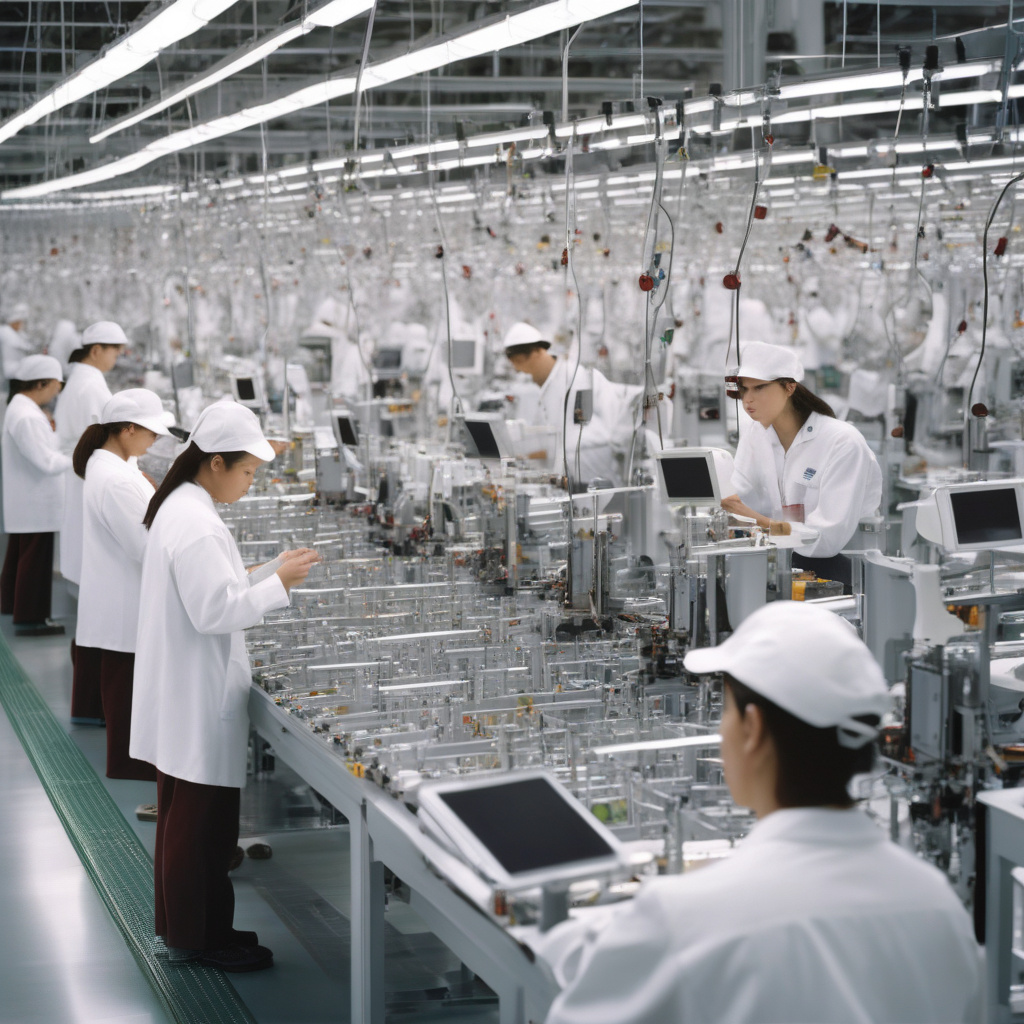Why iPhones Made in US Factories Might Not Matter Much
In recent news, there’s a buzz around the possibility of Apple relocating its iPhone manufacturing to the United States. While this might sound like a patriotic move, let’s delve deeper into why it may not have the significant impact some anticipate.
Challenges of Shifting Manufacturing
The reality is, setting up iPhone factories in the US is no walk in the park. It involves a complex web of challenges, from building new facilities and acquiring production equipment to training staff and establishing supply chains. Even transitioning part of the production to India took Apple a decade, highlighting the time and effort required for such a massive shift.
Economic Implications
Moving manufacturing to the US could have adverse effects on Apple’s global market presence. Displeasing growing markets like India and alienating established partners in China could lead to reduced sales and increased costs. This, in turn, might impact not just Apple’s bottom line but also the US economy, given Apple’s substantial contribution to tax revenues.
Job Creation vs. Automation
While one might argue that localizing production could create jobs, the reality is that advanced automation would likely limit the number of manufacturing positions available. Additionally, the higher labor costs in the US could drive up the prices of Apple products, potentially dampening consumer demand and reducing overall revenue.
Long-Term Strategy
Instead of focusing on short-term manufacturing shifts, a more strategic approach would be to invest in cutting-edge technologies, skilled workforce development, and innovative production capabilities. Apple’s substantial investment in the US reflects this forward-thinking strategy, aiming to drive future technological advancements and economic growth.
Conclusion: Looking Ahead
In essence, the key lies in preparing for the future rather than altering successful current practices. By supporting Apple’s endeavors in next-generation technologies and fostering an ecosystem conducive to innovation, the US can secure its position as a tech leader for years to come. As Steve Jobs famously echoed, it’s about anticipating where the industry is heading, not just where it stands today.
In the grand scheme of things, while the idea of US-made iPhones may seem appealing on the surface, the practicalities and broader implications suggest that the focus should be on innovation and sustainable growth rather than immediate manufacturing transitions.
Follow me on social media for more insights and discussions on tech trends and industry developments! Join me on BlueSky, LinkedIn, and Mastodon.

